Designing for 2025 isn’t just about following the latest trends—it’s about creating experiences that truly matter. As the digital world evolves at an unprecedented pace, UI design must adapt to meet new challenges and seize emerging opportunities.
So, what will define the best designs of this year? Will it be simplicity, bold visuals, immersive experiences, or designs that genuinely connect with users? Let’s explore the top UI design trends shaping 2025.
Bold Typography
Bold typography takes center stage in 2025, with oversized text serving as the primary visual element.
Large, striking fonts become a focal point in designs, grabbing attention and adding personality to the interface. This trend enhances readability while offering a clean, minimalistic layout, making text the standout feature.
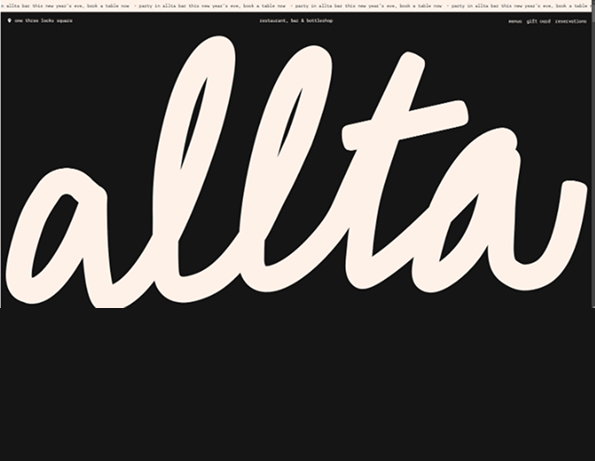
Brutalism
Brutalism embraces raw, unpolished design, using bold, large typography and a monochrome color palette to create a striking, unapologetic look.
This design style steers clear of unnecessary decoration, opting for rigid grid-like structures that prioritize clarity and functionality, resulting in a bold, modern aesthetic.
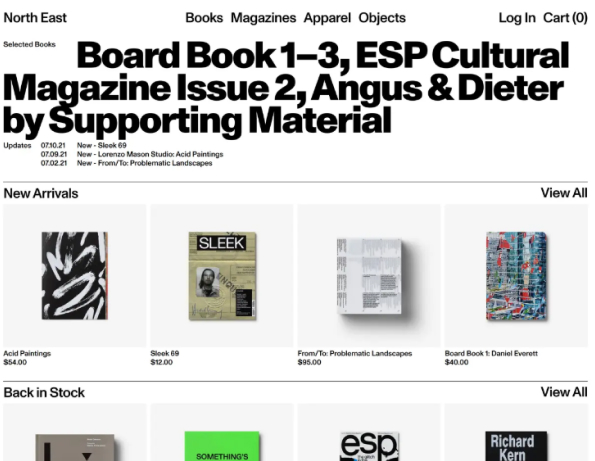
Morphism
Morphism blends sharp clarity with soft, gentle blur transitions, offering a modern, fluid feel to the interface.
The contrast between focus and blur creates a sense of depth, making the design more interactive and engaging. This smooth fluidity enhances the user’s experience, resulting in a visually stimulating and intuitive interface.
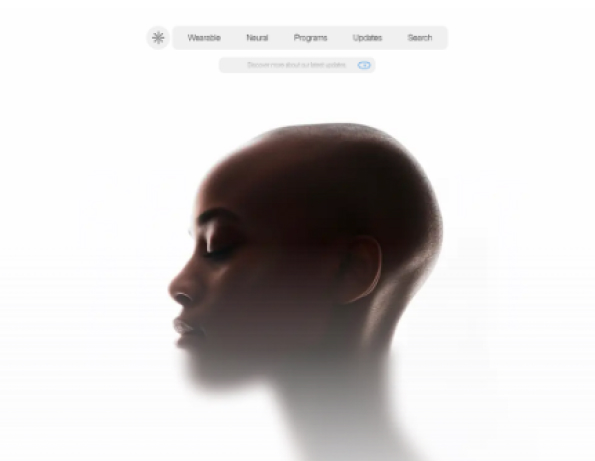
Emoticons
Emoticon style is becoming a key part of communication in UI design, blending emojis seamlessly with text.
This trend adds a personal, emotional touch to the design, enhancing expressiveness and creating a more engaging user experience. By integrating emojis within text, the design feels more dynamic and relatable, bringing personality into digital interactions.
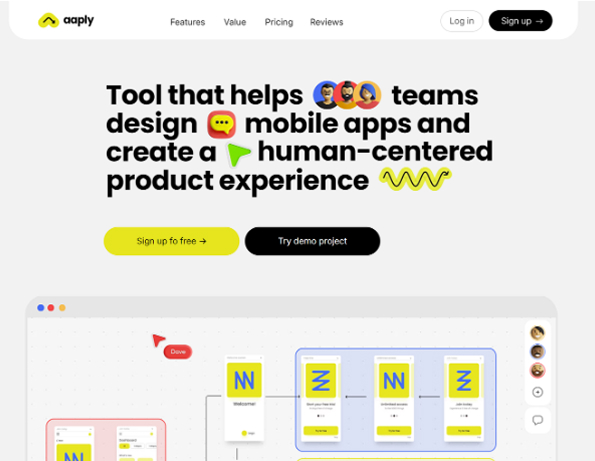
3D Elements
In 2025, 3D elements go beyond mere decoration to become integral parts of the design. They bring depth, interactivity, and realism, transforming the user experience into something more engaging and immersive.
These dynamic elements not only add visual interest but also guide users through the interface, enhancing their interaction with the content. With their ability to make designs feel more modern and tactile, 3D elements elevate the overall user experience, creating a sense of realism and fluidity.
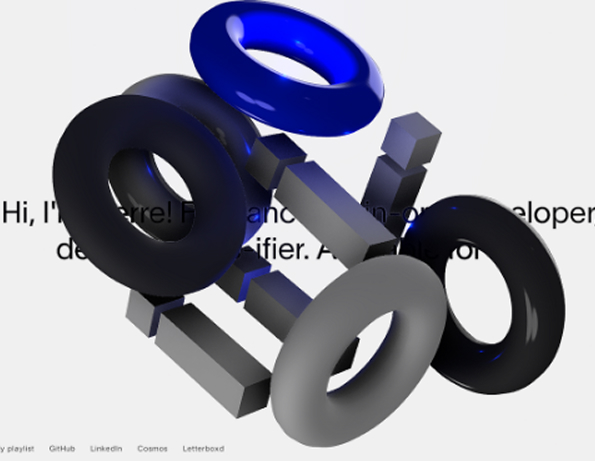
As we move further into 2025, these trends will shape the future of UI design, offering new ways to enhance user experiences and elevate digital interfaces.

